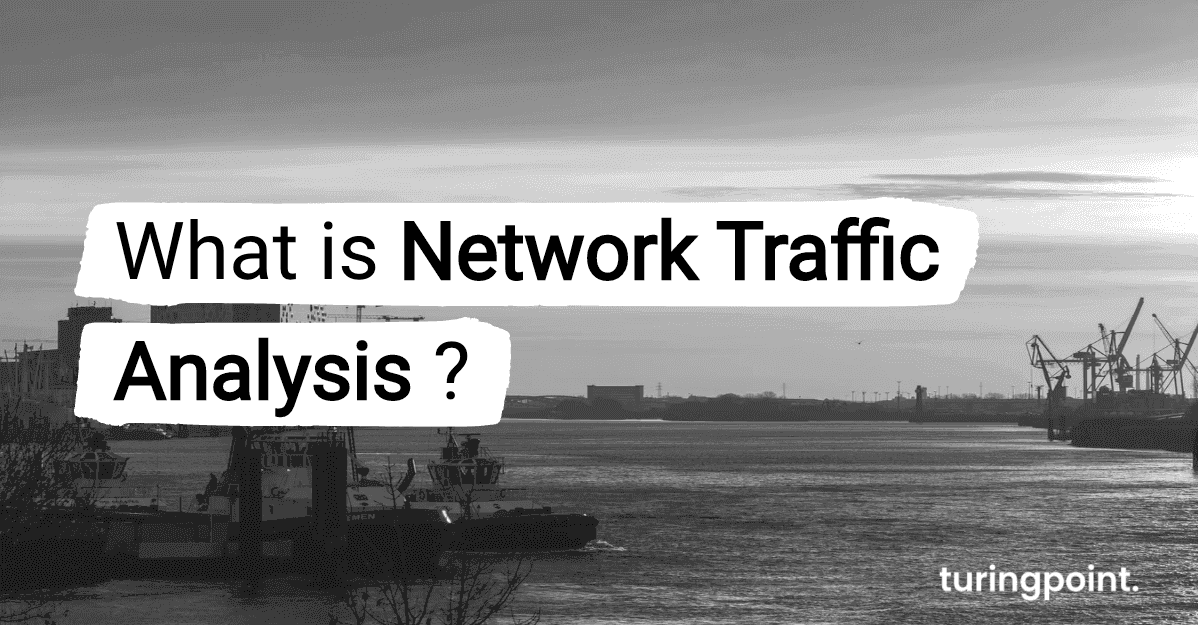What is Network Traffic Analysis (NTA)?
Network Traffic Analysis (NTA) is a process that uses tools to analyze the data packets traveling across a network in order to identify potential security threats and anomalous behavior.

Table of content
What is Network Traffic Analysis (NTA)?
Network Traffic Analysis (NTA) is a process that uses tools to analyze the data packets traveling across a network in order to identify potential security threats and anomalous behavior. NTA tools can be used to detect and prevent malicious activity, such as DDoS attacks, malware, and data exfiltration. NTA also provides organizations with insight into network performance, allowing them to identify and address bottlenecks and other performance issues.
What are the Key Benefits of Network Traffic Analysis ?
Improved network security: NTA can detect and alert on malicious activities, including DDoS attacks, malware, and data exfiltration.
Increased visibility: NTA provides greater visibility into the network, allowing organizations to identify and address potential issues before they become problems.
Improved network performance: NTA can identify and address network bottlenecks and other performance issues, allowing organizations to optimize their network performance.
Reduced cost: NTA can help organizations minimize their network costs by identifying areas where they can reduce unnecessary bandwidth usage.
Why is it Important to Monitor Your Network Perimeters ?
It is important to monitor your network perimeters because it helps to identify any malicious activities or potential threats before they cause any damage. Network monitoring can also help to identify network performance issues and help to identify any unauthorized access attempts. Network perimeter monitoring is essential for the security of any organization and helps to protect the network and the data that is stored within it.
How NTA Works
Flow data and packet data are two different types of network traffic analysis (NTA) data. Flow data provides a high-level summary of network connections and can help identify unauthorized communications or anomalous traffic volumes.
Packet data, on the other hand, contains all the contents of network traffic and provides more data at the cost of larger storage requirements. NTA solutions and security analysts can use packet data to investigate a cyberattack or diagnose an issue. With both flow and packet data, it's possible to gain a more comprehensive view of the network traffic and take the appropriate steps to secure the network.
What are the Use Cases for Analyzing and Monitoring Network Traffic?
-
Detection of Ransomware Activity: Network traffic analysis is a critical tool for detecting ransomware activity on a network. By monitoring the traffic, organizations can detect suspicious activities such as unusual inbound connections or outbound data transfers. This can alert them to a potential ransomware attack and allow them to take the necessary steps to mitigate the damage.
-
Monitoring Data Exfiltration/Internet Activity: Network traffic analysis can be used to monitor outbound data transfers and detect suspicious activities such as data exfiltration. This can help organizations prevent the theft of sensitive data and ensure compliance with regulations.
-
Track Access to Files on File Servers or MSSQL Databases: Network traffic analysis can be used to track access to files on file servers or MSSQL databases. This can help organizations detect unauthorized or malicious access to their sensitive data and take the necessary steps to protect it.
-
User Forensics Reporting: Network traffic analysis can be used to track a user’s activity on the network. This can provide organizations with detailed reports on user behavior and can help them identify potential security issues.
-
Provide an Inventory of What Devices, Servers and Services are Running on the Network: Network traffic analysis can be used to provide an inventory of what devices, servers and services are running on the network. This can help organizations identify any potential risks or vulnerabilities and take the necessary steps to protect their network.
-
Highlight and Identity Root Cause of Bandwidth Peaks on the Network: Network traffic analysis can be used to highlight and identity root causes of bandwidth peaks on the network. This can help organizations understand what is causing the network to become congested and take the necessary steps to optimize their network performance.
-
Provide Real-Time Dashboards Focusing on Network and User Activity: Network traffic analysis can be used to provide real-time dashboards focusing on network and user activity. This can help organizations quickly identify any potential issues and take the necessary steps to protect their network.
-
Generate Network Activity Reports for Management and Auditors for Any Time Period: Network traffic analysis can be used to generate network activity reports for management and auditors for any time period. This can help organizations ensure compliance with regulations and provide detailed reports on their network activity for audit purposes.
Conclusion
In conclusion, Network Traffic Analysis (NTA) is an invaluable tool for organizations looking to protect and optimize their networks. NTA can detect and alert on malicious activities such as DDoS attacks, malware, ransomware, data exfiltration, and unauthorized access attempts. It can also provide organizations with greater visibility into their networks and help them identify and address any potential issues before they become problems. NTA can also help organizations to identify network bottlenecks and other performance issues, allowing them to optimize their network performance. Additionally, NTA can provide organizations with real-time dashboards focusing on network and user activity, generate network activity reports for management and auditors for any time period, and help them to ensure compliance with regulations. Overall, NTA is a powerful tool that can help organizations protect their networks and ensure the safety of their data.
Contact
Curious? Convinced? Interested?
Schedule a no-obligation initial consultation with one of our sales representatives. Use the following link to select an appointment:
